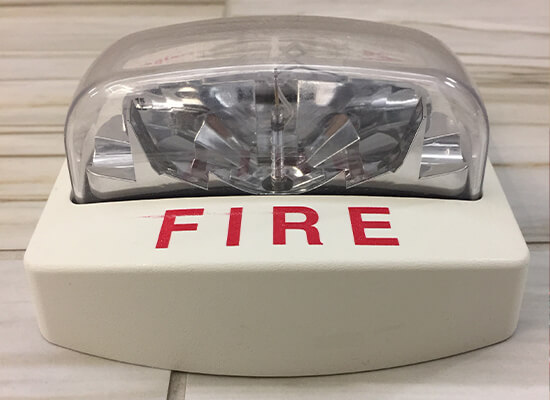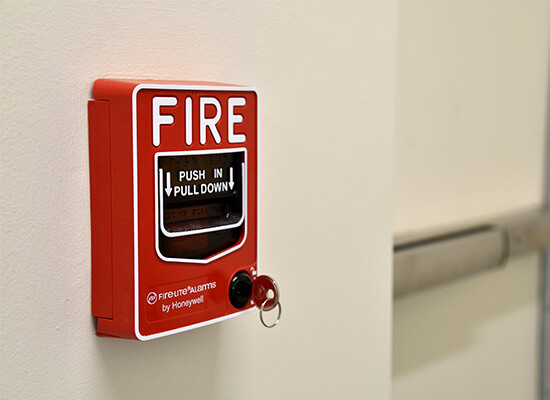Fire Alarm Systems
Fire alarms provide early detection of a variety of different fire situations.
Our Services
Fire Alarm Systems and Detection
Fire alarms provide early detection in a variety of different fire situations. These alarms help lead to a swift evacuation and faster response time by emergency responders. This can significantly reduce property loss and damage in addition to saving lives.
Every commercial building is required to have at least one commercial fire alarm.
Chief Fire Protection Company is a full service fire alarm design, installation, inspection, maintenance and monitoring company that can handle all your company’s needs. Whether you are in need of upgrading your current fire protection system or would like to install new fire alarms, our certified trained specialists will make sure your fire alarm is well maintained and always within code.
Fire Alarm Categories

There are two different and distinct categories of Commercial fire alarms.
The first one is an Automatic fire alarm. When these alarms detect heat or smoke, they send an audio-visual alert throughout the building to alert the occupants of danger.
The next type of fire alarm is a Manual alarm. These fire alarms have pull stations stationed around your building. When a fire is seen or smelled by one of your employees, they simply pull the leveler and alert the occupants. Manual alarms come in a variety of designs and colors.
Fire Alarm Types

There are also different types of Commercial fire alarms.
Conventional Fire Alarms
Conventional fire alarms include a number of different “zones” that are hardwired to your central control panel. These systems allow you to be able to put separate fire alarms in each section of your building and helps to monitor if an alarm is broken.
Ionization vs Photoelectric
The two most commonly recognized smoke detection technologies are ionization smoke detection and photoelectric smoke detection.
Ionization smoke alarms are generally more responsive to flaming fires.
How they work: Ionization-type smoke alarms have a small amount of radioactive material between two electrically charged plates, which ionizes the air and causes current to flow between the plates. When smoke enters the chamber, it disrupts the flow of ions, thus reducing the flow of current and activating the alarm.
Photoelectric smoke alarms are generally more responsive to fires that begin with a long period of smoldering (called “smoldering fires”).
How they work: Photoelectric-type alarms aim a light source into a sensing chamber at an angle away from the sensor. Smoke enters the chamber, reflecting light onto the light sensor; triggering the alarm.
For each type of smoke alarm, the advantage it provides may be critical to life safety in some fire situations. Home fatal fires, day or night, include a large number of smoldering fires and a large number of flaming fires. You can not predict the type of fire you may have in your home or when it will occur. Any smoke alarm technology, to be acceptable, must perform acceptably for both types of fires in order to provide early warning of fire at all times of the day or night and whether you are asleep or awake.
Trusted throughout the Southeast
Chief Fire Protection Company is trusted throughout the southeast and has offices located in Atlanta, Birmingham and Nashville.


